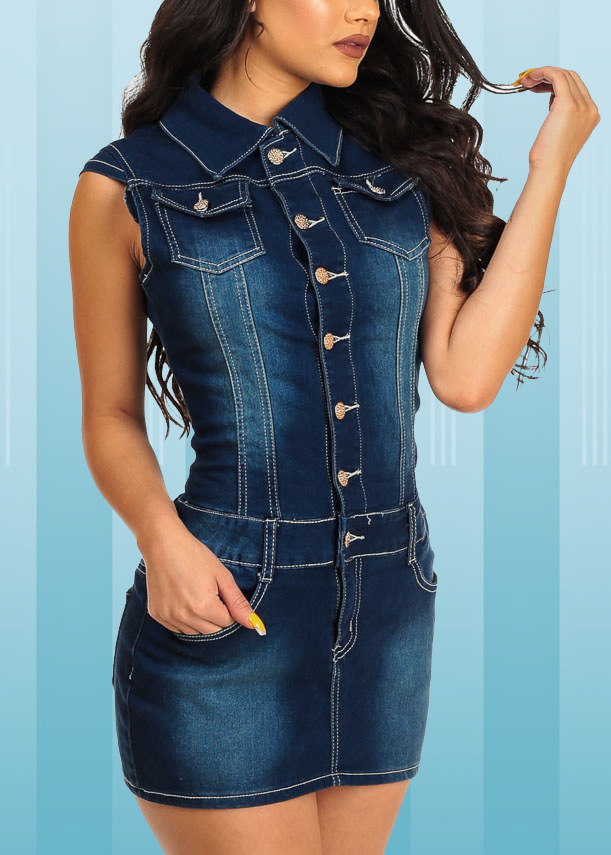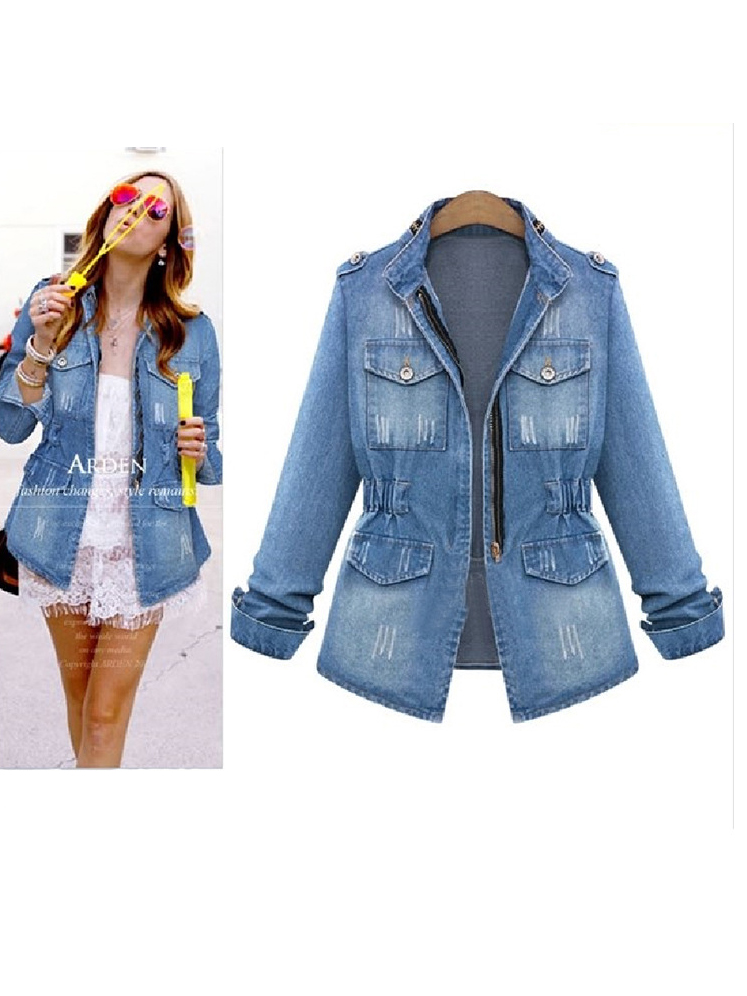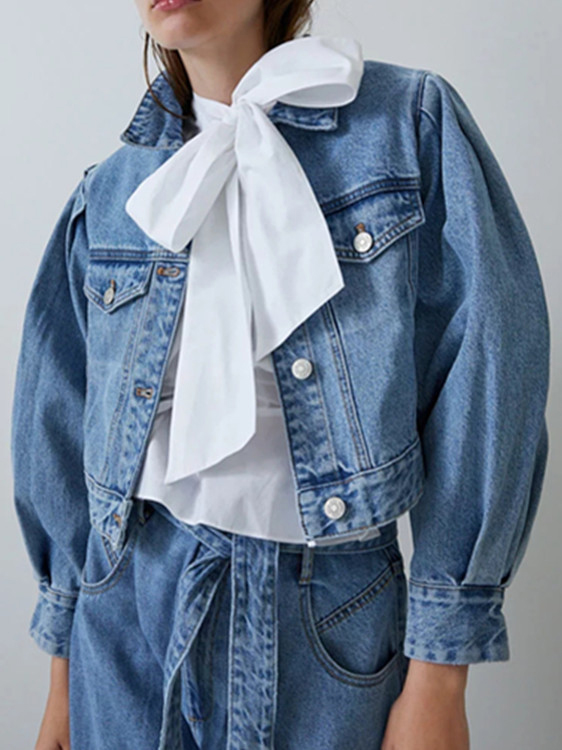This is the coda to a series about sexual assault and comics. You can find the previous posts here:
Introduction
Rape in the Gutters
Writing Sexual Violence, Part 1
Writing Sexual Violence, Part 2
The Widowmaker
Is It Too Much to Ask?
Rape Is Rape Is Rape
Same-Sex Assault
The Morning After
Back when I wrote about the Conan #39 letter column, several people asked whether I could post the actual text of that column here. I checked with the boss-types, who said yesprovided that I wait ’til Conan #40 hit the stands. Luckily for me, #40 came out in the midst of my panicked preparation for WisCon (Augh! Paper! Panels! Costume Ball!), so I don’t have to come up with a column’s worth of new content.
Before jumping into the letter column, I want to say a few things: First, if you’re glad to see this, please consider buying the comic that it appeared in. Second, this column happened because of the tremendous amount of feedback we got from fans regarding Janissa’s rape. If you like this idea, or if you want to see more of this kind of material, please take a few minutes to shoot off an email to me, Scott Allie, Matt Dryer, or Dark Horse in general to let us know. Finally, although I didn’t get to mention this in the letter column itself, I want to reiterate that it wouldn’t have been possible without a lot of support from Conan‘s editor, Scott Allie; my partner in crime, Katie Moody; the Girl-Wonder community; and former Conan layout artist Thomas Yeates, with whom I corresponded extensively in the process of writing this thing.
So, without further ado, the Conan #39 letter column.
This month I’m handing over the lettercol to my assistant, Rachel Edidin. She’s been making a massive contribution to my books the last six months or so, and had an idea for this month’s lettercol to which I couldn’t say no. By the time she’s done, it’ll be hard to add marketing plugs for our other books, so I’ll get that out of the way here. Next issue of the monthly features Paul Lee and Dave Stewart back with Tim, and Thoth back to mess with Conan’s life. Meanwhile, the epic saga of King Conan’s dark journey into Stygia continues in Conan and the Midnight God.
This lettercol will no doubt renew a topic that’s been kicking around this series for more than two years. I appreciate this sort of dialogue with readers. Some people have written to say that the way some people approach the subject is inappropriate, in one way or another, but I’m happy to see people addressing it, so I try not to judge. There are some things to which it’s hard to have any ‘proper’ response.
Here’s Rachel—
I’m writing this column for two reasons. First, I want to address some issues that have come up in connection with the rape in Janissa’s backstory (Conan #12). Second, April is Sexual Assault Awareness Month, and in connection with that, I’m going to talk a bit about some sexual assault facts and resources.
Two years and twenty-seven issues after Janissa’s introduction, we’re still getting letters about her. We’ve been accused of misogyny, of misrepresentation, of sloppy storytelling; in addition to the dozen-odd letters that have appeared in columns, we’ve received and responded to several that were simply too long to run.
One of the most common complaints we received was that Janissa just wasn’t a realistic representation of a rape survivor: that someone who had been through what she’d experienced should be severely traumatized and minimally functional, not ‘a sexy comic book ninja babe.’
I didn’t read Janissa as a sexy comic book ninja babe; from her first appearance, I interpreted her as deeply damaged. But then, I spent four-plus years as a volunteer victim advocate at a rape crisis center, and I’ve had a lot of direct experience with survivors of sexual assault. Everyone reacts to traumaespecially sexual traumain different ways; I’ve seen the classic ‘sobbing in fetal position’ scene, but I’ve also seen women who coped with brutal assaults by cracking jokes. What they had experienced was no less traumatic, and the fact that their reactions weren’t the ‘right’ way for a trauma victim to behave makes them no less valid. One of the first things that crisis advocates learn is never to judge a survivor by her or his behavior.
And what if Janissa is sexy? For some survivors, presenting themselves as sexualand sexyis a way of reclaiming their sexuality and self-confidence. Sometimes that behavior comes from a less healthy source: some survivors feel that they’re ‘damaged goods,’ and that, as such, they might as well play the part. To me, Janissa reads as confident (or self-destructive) enough to run around in armor that leaves pretty much every vital organ and nerve center exposed. (I’m concerned less with the ‘sexiness’ of her outfit than its wild impracticality!)
So, while Janissa’s demeanor may not be what you’d expect from a trauma survivor, that doesn’t mean it’s not realistic. But is Janissa’s story sexist?
The obvious test is to ask how much the story would change were its protagonist male. Not a lot—you can feasibly replace Janissa with, say, a second son of an aristocrat who’s sick of living a passive life of leisure and goes to a sage to learn how to become strong and self-directed, etc. Case closed, right?
But art doesn’t exist in a vacuum. The reality is that a male writer wrote a story about a woman who was gang-raped by demons in a society (and literary form) in which the throwaway status of many female characters reflects the status of women in real life; in which rape is often blown off or blamed on the victim. Regardless a writer’s specific motivation, the fictional use of rape as a default story element in female characters’ back-stories is indicative of how casually and unquestioningly we perceive sexual violence as universal to women’s lives.
Does that mean it’s always inappropriate or sexist to portray women who are rape survivors in comics, or that Kurt’s story was inherently sexist? Hell, no. I think that Kurt’s decision to include rape in Janissa’s background was a sound creative choice. He wanted to create a character who had become a dehumanized fighter; systematic use of sexual violence is a pretty effective means of achieving that end. More important, he didn’t rely on the trope of ‘woman gets raped and decides to become a warrior’—the rapes are instead the Bone Woman’s vicious twist on Janissa’s desire to develop strength and skill.
But: The objection that a writer, editor, or publisher shouldn’t have to take responsibility for something that isn’t his or her fault—in this case, the tired trope of female heroes as rape survivors—ignores the real problem. While I don’t think that the chronic victimization of female characters is the responsibility of a single writer or publisher, I think that all writers and publishers should take steps to acknowledge and address that problem and the climate that created it. Even small steps (like dedicating a letter column to addressing rape issues in a given comic!) can make a difference by promoting open discussion and increasing awareness.
In America, a woman is raped every two minutes*. It’s been estimated that one in six women is a survivor of sexual violence, but that’s a conservative guess: the real number is likely closer to one in four. More than half of female rape survivors were assaulted when they were under the age of thirty. Nearly a third were assaulted before they were eleven.
Less than a fifth of those assaults are ever reported to law enforcement agencies.
Rape isn’t just a women’s issue. One in thirty-three men has been a victim of rape or attempted rape; of those men, at least half are exclusively heterosexual. Again, that’s a conservative estimate; it’s impossible to know the real number, and men are even less likely than women to report being sexually assaulted.
It was an accident that Janissa’s return coincided with Sexual Assault Awareness Month, but coincidence or not, it’s too important an issue to bypass. Based on the number of letters we’ve gotten about Janissa’s rape, many of you feel the same way.
It’s important to discuss this because rape feeds on silence and shame. Survivors are hesitant to speak up for fear of skepticism and social stigma. The rest of us are hesitant to raise our voices because hey, it isn’t our problem.
Rape is everybody’s problem. If you yourself aren’t a survivor of sexual violence, you more than likely knowor will eventually knowand care about someone who is.
Some Common Myths About Sexual Assault:
Sexual assault is a crime of passion and lust, and victims have usually ‘led on’ their attackers through dress or behavior.
Rape isn’t an act of passion; it’s an act of violence. It isn’t about uncontrollable desire: it’s about power. It is never okay to force sex on someone, no matter how they look or behave.
If she doesn’t protest, it’s not rape.
Acquiescence is not the same as consent. If someone was impaired (chemically or otherwise), verbally coerced, or threatened, or even if they simply didn’t consent, it’s not okay to have sex with them.
All assailants are men / all victims are women.
While it’s true that the majority of rapes involve a male assailant and a female victim, that’s not the whole story. Ten to fifteen percent of rape victims are male, and although female perpetrators are rare, they do exist.
If a man is raped / rapes another man, he must be gay.
Rape doesn’t have anything to do with sexual orientation: remember, it’s about power, not desire. 50% of male rape survivors identify as exclusively heterosexual, as do an even higher percentage of their attackers.
Women often lie about being raped.
According to the FBI, less than 2% of rape reports turn out to be false.
If you or a friend has been assaulted, if you want to know what you can do to help stop sexual assault or support survivors, or if you just want to learn more, here are some resources:
National Sexual Assault Hotline: 1.800.656.HOPE
Rape, Abuse, and Incest National Network: www.rainn.org
National Sexual Violence Resource Center and Sexual Assault Awareness Month: www.nsvrc.org
Men Can Stop Rape: www.mencanstoprape.org
The Clothesline Project: www.clotheslineproject.org
*All statistics are from either the National Institute of Justice or the Illinois Department of Justice.
Legal note:
Conan #39 (including the above letter column) Copyright © 2007 Conan Properties International, LLC. Conan® and Conan the Barbarian® (including all prominent characters featured in this issue) and the distinctive likenesses thereof are trademarks of Conan Properties International, LLC unless otherwise noted. All contents © Conan Properties International, LLC unless otherwise noted. Dark Horse Comics® and the Dark Horse logo are trademarks of Dark Horse Comics, Inc., registered in various categories and countries. All rights reserved. No portion of this publication may be reproduced or transmitted, in any form or by any means, without the express written permission of Dark Horse Comics, Inc. Names, characters, places, and incidents featured in this publication either are the product of the author’s imagination or are used fictitiously. Any resemblance to actual persons (living or dead), events, institutions, or locales, without satiric intent, is coincidental.
Go here to discuss this column.



